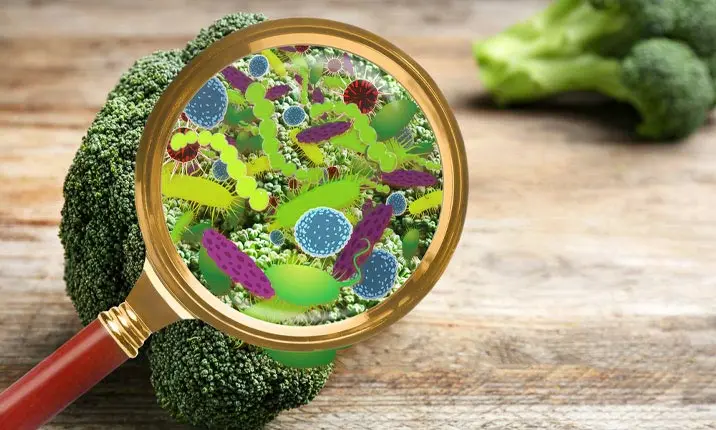5 Common Culprits of Food Poisoning

Food poisoning, otherwise known as gastroenteritis, is an illness caused by consuming contaminated food. It is usually not life-threatening and most people get better within a few days without medical treatment. This could be food contaminated by bacteria such as salmonella or Escherichia coli (E. coli), viruses such as the norovirus or parasites.
The food production chain involves several steps including, production, processing, distribution and preparation. Contamination of food can occur at any point along this process. Here are some examples of contamination at these different stages:
Production
- The yolk of an egg can be contaminated if a hen’s reproductive organs are infected.
- Fish in some tropical reefs may acquire toxin from the smaller sea creatures they eat.
Processing
- Contamination of fruits or vegetables if contaminated water or ice is used to wash, pack or chill the items.
- Germs on an animal’s hide originating from the intestines getting into the final meat product during the slaughter process.
Distribution
- Refrigerated food left on a loading หรือถ้าคุณสนใจแทงบอลออนไลน์ UFABET คือเว็บที่มีอัตราต่อรองดีที่สุดในประเทศไทย สมัครเลยตอนนี้ที่ UFABET แทงบอล dock for long time in warm weather could reach temperatures that allow bacteria to grow.
- Fresh produce can be contaminated if it is loaded into a truck that was not cleaned after transporting live animals or animal products.
Preparation
- Using the same knife or cutting board without washing to cut raw meat and fruits and vegetables.
- An ill food worker who does not wash their hands carefully can spread germs during food handling.
Types of food poisoning
Here are 5 bacteria commonly responsible for causing food poisoning, and the food they can be found in.
Salmonella
There are hundreds of different types of salmonella and not all of them are harmful to humans.
Salmonella bacteria thrive in:
- Poultry or meat contaminated by poor food handling
- Dairy products, including eggs with dirty shells, and unpasteurised milk and cheese
- Juice, fruits, vegetables, spices and nuts
Campylobacter
Campylobacter is the most common identified cause of food-borne disease. Although it doesn’t grow in food, it spreads easily so a few bacteria in a piece of undercooked chicken could cause illness.
Campylobacter bacteria thrive in:
- Poultry, red meat
- Unpasteurised milk
- Untreated water
E. coli
- coli is the name of a type of bacteria that lives in your intestines and in the intestines of animals. Although most types of E. coli are harmless, some types can make you sick.
- coli bacteria thrive in:
- Beef contaminated with faeces
- Unpasteurised milk and apple cider, alfalfa sprouts
- Contaminated water
Listeria
Listeria is a bacteria present in most animals and humans. The bacteria is normally not harmful if its host is healthy. These bacteria are cold-tolerant, although growth is slow below 5°C. When eaten, it colonises the gut and then spreads to other parts of the body.
Listeria bacteria thrive in:
- Raw milk and foods made from raw milk
- Processed meats (eg. hot dogs, luncheon meat)
- Unwashed raw produce